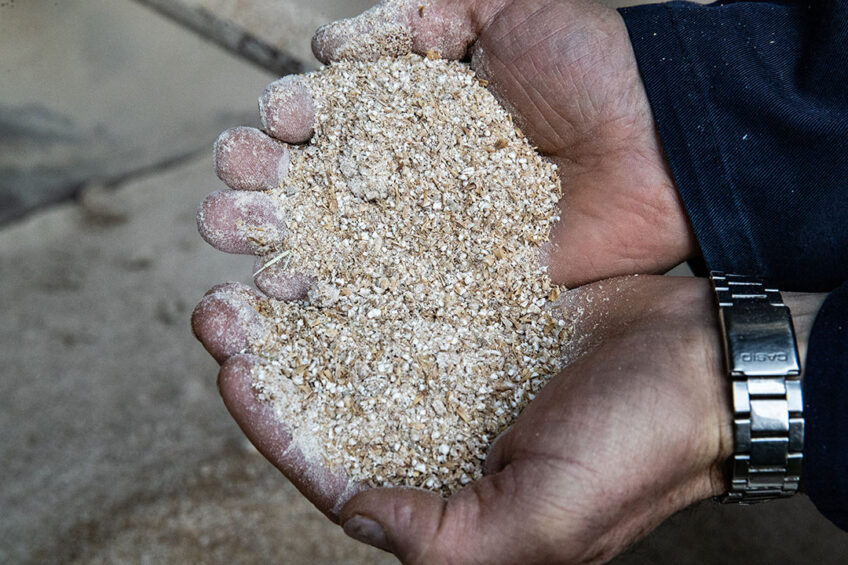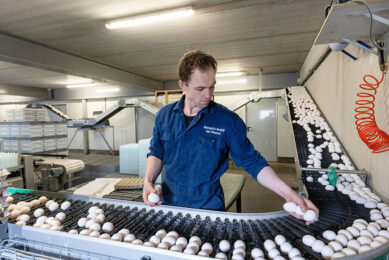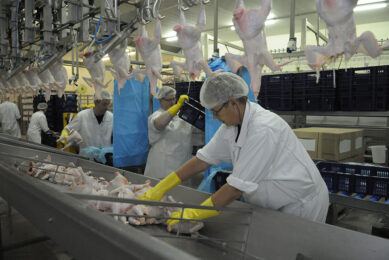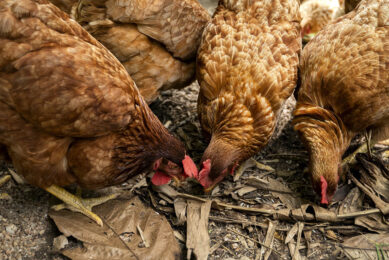Iran businesses call on gov’t to keep the market economy

A group of Iranian poultry farming organisations has filed an open letter to Seyed Javad Sadati Nejad, the Ministry of Agricultural Jihad, calling not to withdraw the last shreds of the market economy from the poultry production industry.
The Iranian government has plans to take complete control of the domestic poultry market. Since 2019, authorities began regulating feedstuff distribution and also prohibited companies from raising retail prices above a certain level within a price cap policy on the food market. However, the existing system allows farmers to sign direct contracts with wholesale organisations or retailers. The authorities reportedly plan to take all poultry supply under complete control, claiming this could introduce order to the crisis-ridden industry.
Iran farmers criticise government policy on broiler market
Iran’s poultry farmers are worried that the government may further deepen the crisis in the broiler meat production segment by allowing more imported poultry meat. Read more…
The new plans face strong resistance from the poultry farmers’ organisations, who raise concerns they could harm the industry even further. “The various proposals on the complete elimination of the market economy will not solve the problem; the national organisations of the poultry industry strongly oppose this idea,” the farmers said in a letter signed by the National Association of One-Day-Old Chicken Producers, the National Union of Broiler Farmers and the Union of Laying Hens Agricultural Cooperatives.
Situation only worsens
The news about the possible abolishment of the open market follows reports about the deepening crisis in the feed industry. According to local news outlet, Tejarat News, some farmers are trying to feed animals with bananas and eggplants to curb high feed prices and low supply.
Iran’s poultry industry crisis deepens
Iranian government sources report a 10.5% rise in supplies of poultry meat during the first quarter of the current Persian year (March 21-June 21), but market participants are more cautious. Read more…
Previously, apples, potatoes, and sawdust were used as raw materials. Mansour Pourian, the head of the country’s livestock supply council, confirmed that in the second half of the year, the feedstuff supplies in Iran become so scarce that farmers indeed turned to fruits and vegetables. Under the government policy, the available feedstuff is firstly distributed among poultry farmers, and quite often, nothing is left for sheep and cattle.
Bureaucracy to blame
Farmers say that current supply problems are partly driven by bureaucracy. The main problems are associated with the existence of the Iranian Agricultural Bank, which is appointed “to monitor the situation on the market and interfere to eliminate deficiencies,” said the authors of the letter, adding that since the banking business “is different in nature to any kind of production,” the presence of this intermediary only introduce bureaucracy, causing delays in feedstuff distribution and jeopardize farms production.












